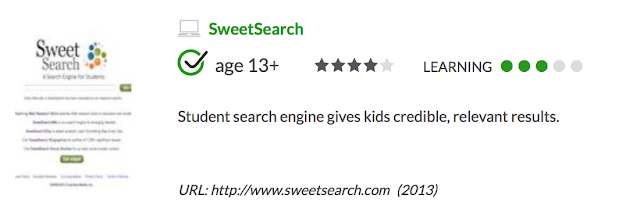So this unit's technology implementation is digital publishing-- something I was really excited to play around with. I have no used this in my classroom, but can see so many different applications for it, especially as we try to shift to a project-based learning approach.
Several different outlets for digital publishing were offered, none of which I had any experience using. I chose to use
Canva.com because of it's easy sign-up and drag-and-drop feature. The other resources all looked cool, but some of them seemed more complicated to use than others. One of them even required a download, which I wouldn't be comfortable with using in my classroom. Canva is easy to get on and start using right away. It comes with a wide variety of fonts and templates, too, so all of my students' projects won't be identical :)
The product I created as an example is a derivative of a IB-aligned project I did with 7th and 8th graders during my student teaching experience. As far as project-based learning goes, it was my first attempt but it actually went REALLY well. Back then, their projects were handed in on paper and I still have a few student samples packed away somewhere... I would definitely do this project again in my 9th grade class, but would incorporate a digital product element, for sure. In terms of authentic learning, it meets all of the requirements:
- Real world problem-solving- check
- Using marketable tech skills and building digital citizenship - check
- Opportunity to build portfolio and for metacognative reflection on learning experience - check, check
- Aligned to math, process, and technology TEKS - triple check
The idea for this project would be that you give the students the project overview and rubrics at the beginning of the linear equations/systems unit so that they know where their learning is headed. Then, as you work through the skills required to complete the project, you tie those elements in as you go. 10 minutes at the end of class is enough time to say, "at this point, you should be able to write an equation that models the cost of purchasing the item you plan to sell at your fundraiser". Their exit ticket is having their equations checked before they walk out of the room.
From an education standpoint, this is perfect because the students immediately apply what they've learned to an actual problem and they get immediate feedback and the opportunity to fix mistakes before they turn in their final deal. From a teacher responsibility standpoint, this is also PERFECT. Grading the projects is done over the course of the unit, rather than trying to grade 130 full projects at once, you get to informally and formally assess your students' learning along the way, you can differentiate your class based on project progress. SO MANY THINGS.
But I digress. The culmination of the project is that the students proudly and professionally display their work using Canva or some other digital publisher. The final projects can be posted in Schoology, on the schools website, on paper in the hallway, and in their portfolios. They take pride and ownership of their learning in a really incredible way-- something they can show off and look back on as a time they were successful in math, much more so than they could with a test they got a good grade on.
Here is the Canva I made to introduce the project-- not so much a student sample, but an overview/ model of a final project.





